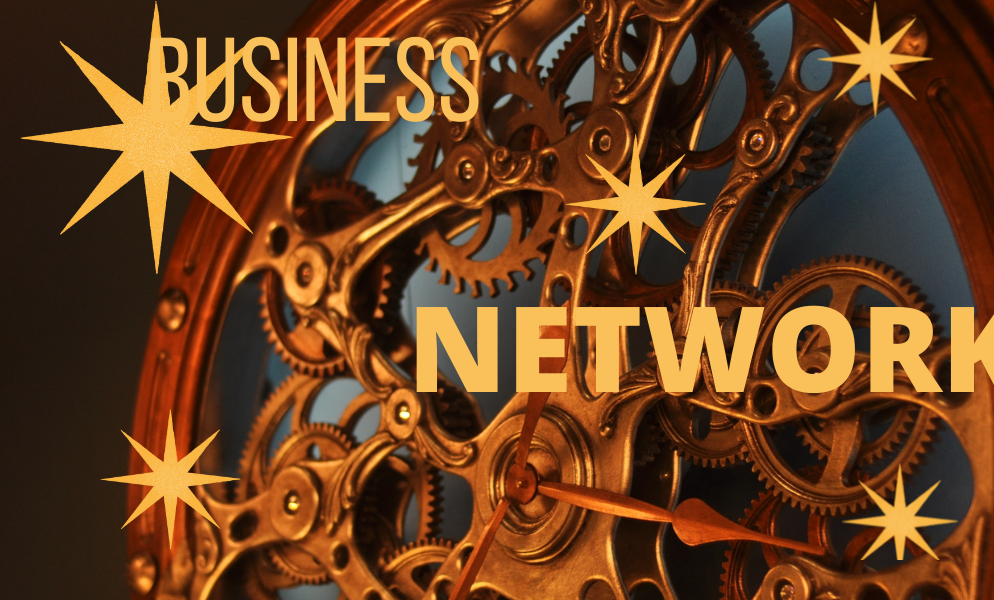From NASA space suit to Lego Toys
Supply Chain Strategy Gets a Boost from Crowdsourcing
We are starting to hear about the need for innovation in supply chain strategy.
Crowdsourcing is proving its value in boosting innovation. The magic of this idea is that it ties new product launches with customer wants and needs.
NASA recently turned to the public for the design of its latest space suit, allowing people to choose among three prototypes.
The Z-2 space suit is an update of the Z-1, which was named one of Time Magazine’s Best Inventions in 2012.
“After the positive response to the Z-1 suit’s visual design we received, we wanted to take the opportunity to provide this new suit with an equally memorable appearance,” NASA says on its website.
Lego‘s Ghostbusters-inspired toys will hit shelves in the US this June at US$49.99. The set is also a product of crowdsourcing.
Lego Cuusoo – the crowdsourcing platform run by its Japanese partner – has helped the company with product ideas since 2008. Lego reviews product ideas that receive at least 10,000 votes and the winner gets 1% of net revenue from the toy.
“While swallowing smaller companies and their readily available technology is one way big corporations refresh their innovation strategies, some decide to turbocharge consumer involvement early through crowdsourcing. Although the late Steve Jobs may disagree by saying customers do not know what they want, crowdsourcing has its place in many supply chains. With in-house curating, involving customers more intimately in the supply chain can be a powerful combination,” says Vivek Sood – CEO of Global Supply Chain Group.
Recently, Hasbro, the maker of globally popular game Monopoly, ran a crowdsourcing campaign to choose new “House Rules”. The new “House Rules” set, to be released later this year, is an attempt to refresh the game after nearly 80 years.
Just over 10 days of the crowdsourcing initiative on Facebook, several thousand people have given their comments.
“There are a lot of Monopoly purists who want to play by the classic rules and don’t want to change it, but we love the idea of there being some optional rules in there that can mix up the game a little bit,” says Jonathan Berkowitz, vice president of marketing.
A lot of companies have successfully adopted crowdsourcing, such as Samsung’s Open Innovation Program, Dell’s IdeaStorm, and Phillips’s Simplyinnovate.
Crowdsourcing can range from simply asking for consumer opinions about existing options, to allowing people to come up with workable ideas.
“In a way, crowdsourcing represents the Fire-Aim-Ready (FAR) model of innovation, as it lets companies test new ideas and then continually fine-tune them, while choosing the right partners to realise consumer wishes in a profitable manner,” says Sood – author of the book “The 5-Star Business Network“.
Traditionally supply chain has never been considered as part of the innovation drive, but the FAR innovation concept flips that model on its head – dramatically reducing the time to market, and effectiveness of innovation.
Crowdsourcing is one way to do this.
The 5-STAR Business Network: And The CEOs Who Are Building The Next Generation Of Super Corporations With It

From NASA space suit to Lego Toys – Why crowdsourcing... nasa | vivek sood | nasa
URL: https://www.amazon.in/5-Star-Business-Network-Generation-Corporations/dp/061579419X/ref=sr_1_3?crid=5B9AUB8P2O8H&keywords=5+star+business+vivek+sood&qid=1662808314&sprefix=5+star+business+vivek+sood2C235&sr=8-3
Author: VIVEK SOOD
5




